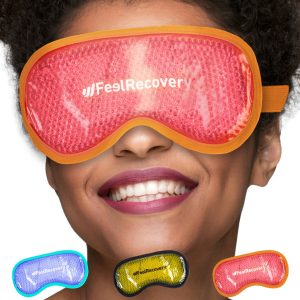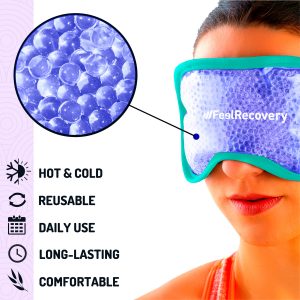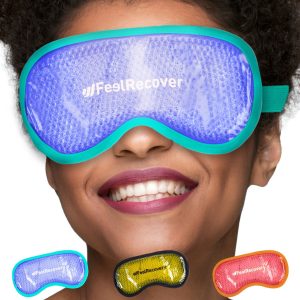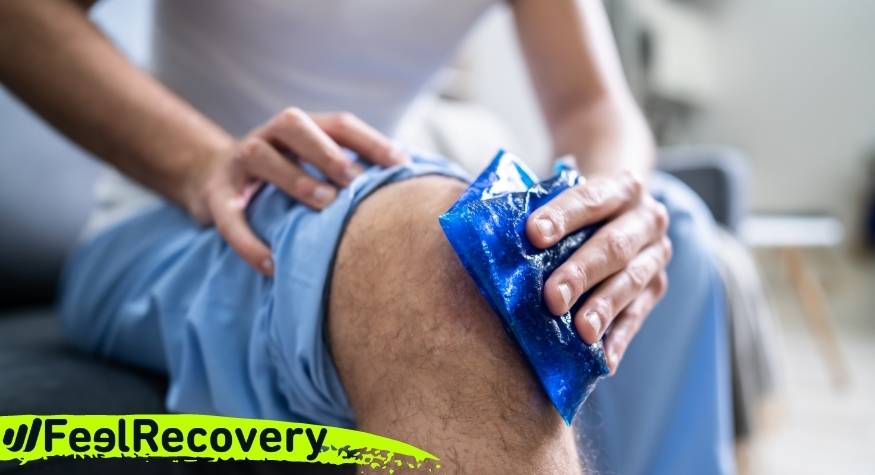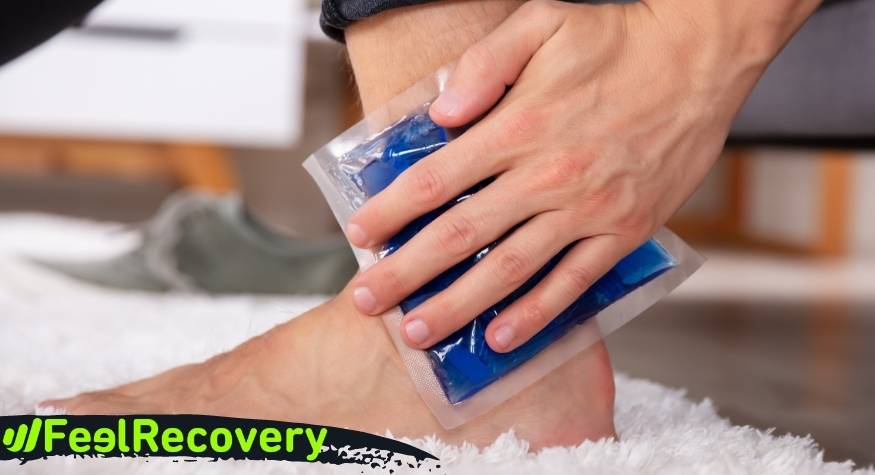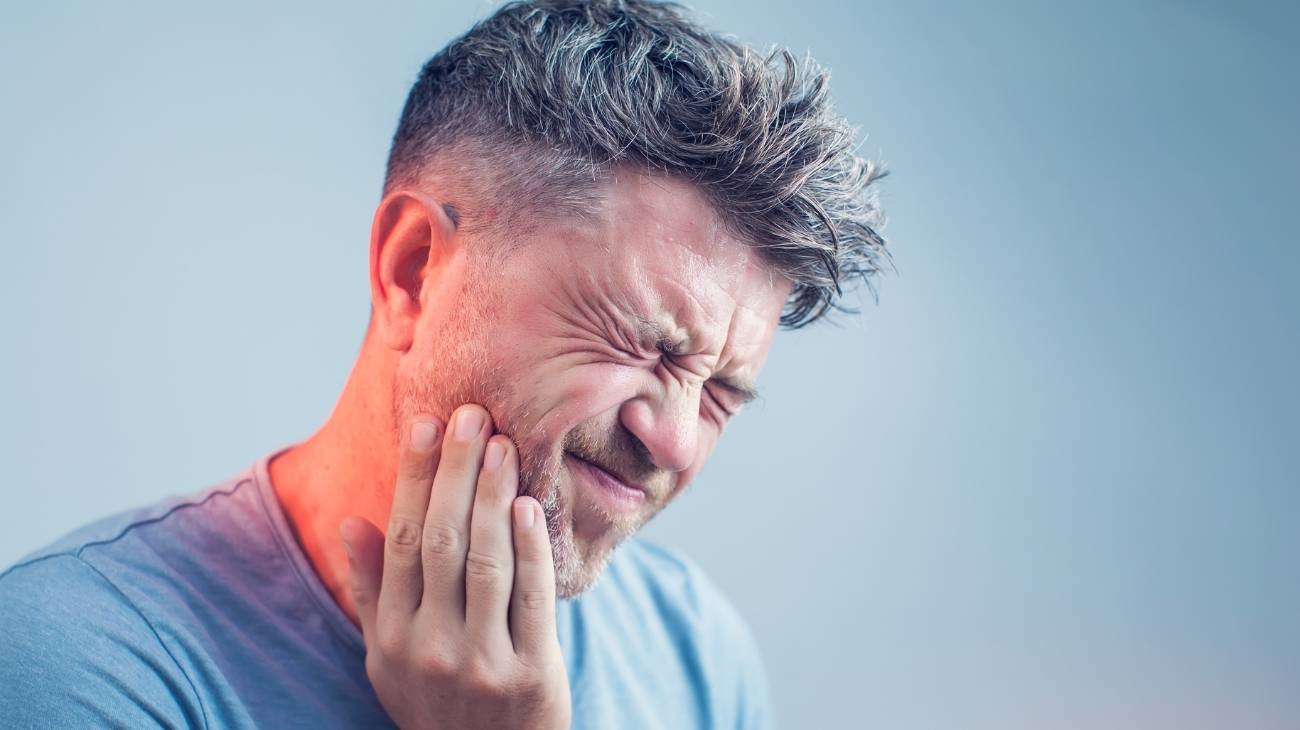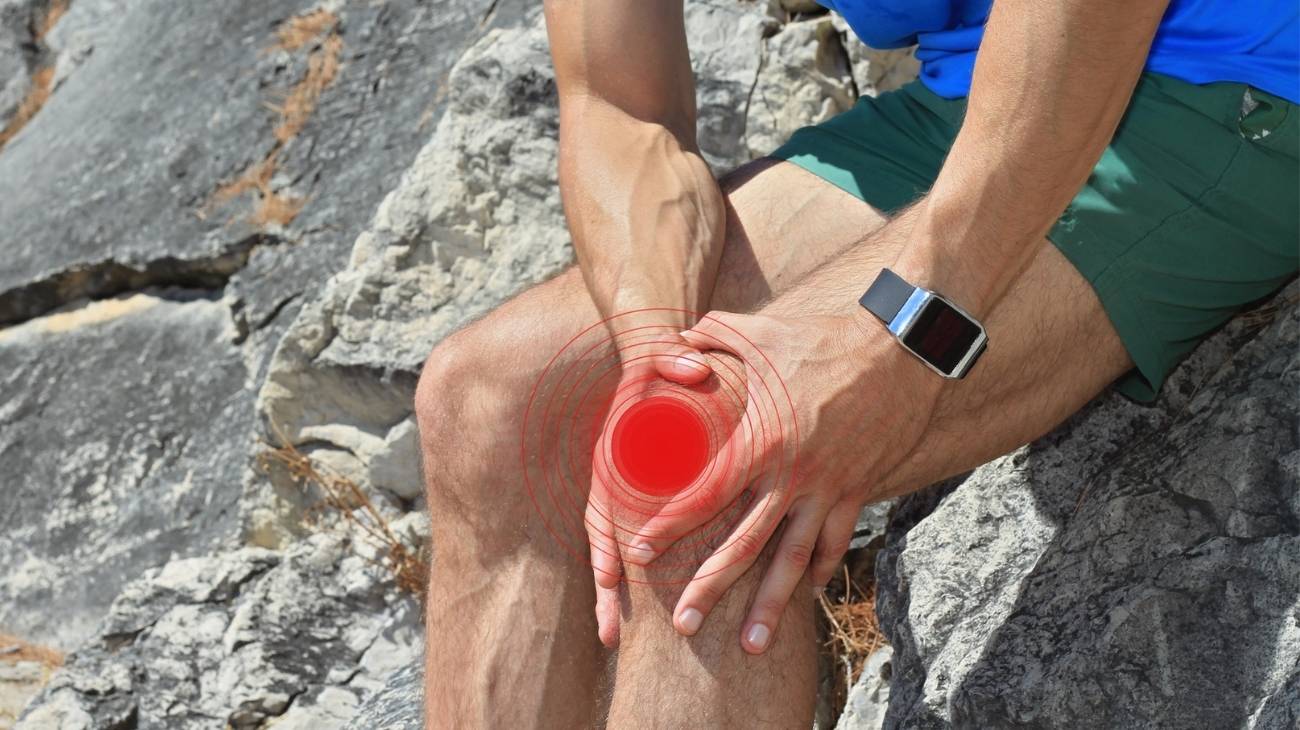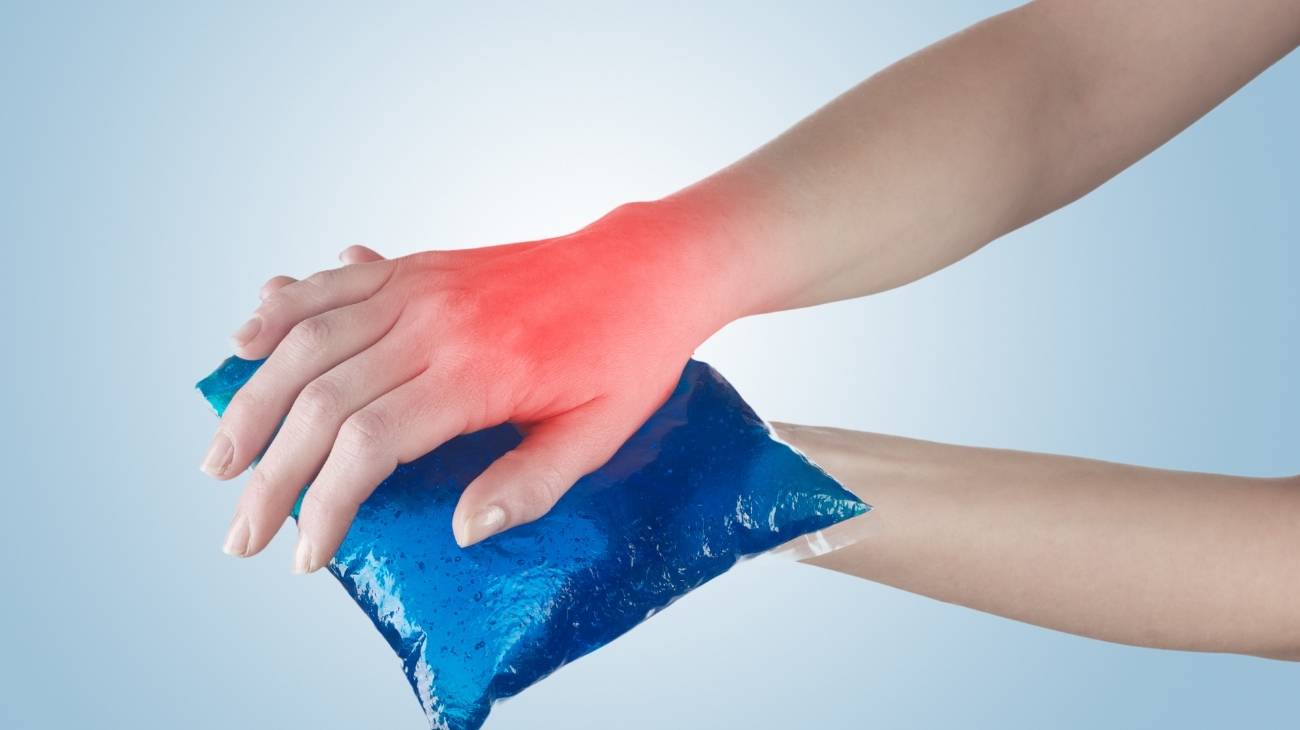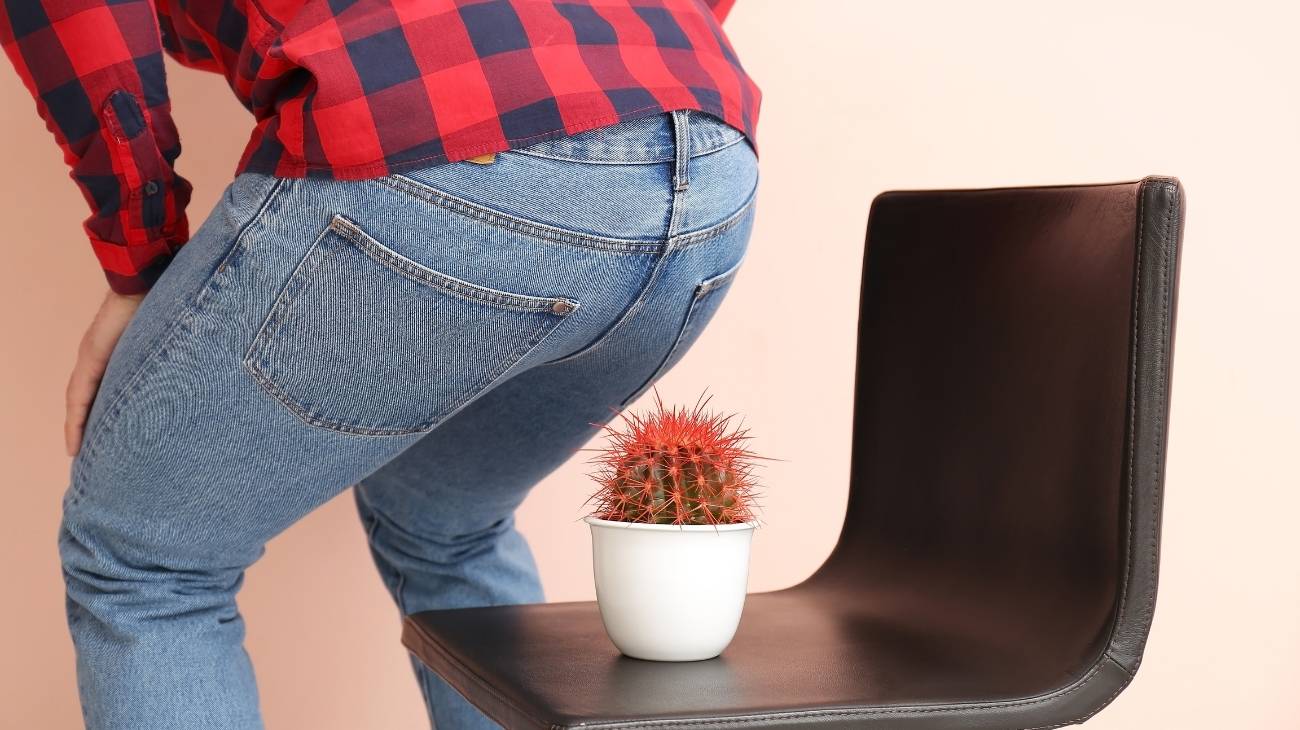Hot and cold gel packs are the curative substitute for traditional ice packs or hot water bottles. These pads have been specially designed to apply the cold and heat effect indistinctly in areas where there is an injury or pain, thanks to the properties of its thermal gel.
If you want to know what they are for and what health benefits cold and hot gel packs have, take a look at what follows and clear up all your doubts with this post.
What are the advantages and benefits of using ice gel packs to apply cold or heat?
The ice gel packs for applying cold or heat are a truly safe, practical and useful option for treating injuries, muscle pain, trauma or other ailments. Their main advantage is that they can keep the temperature much longer, being able to reach from the highest to the lowest.
Now, we will talk to you about the advantages and benefits of using ice gel packs to apply cold and heat in a more detailed way:
- Flexible: After cooling or warming up they will still be malleable and will adapt to the area of the body to be treated.
- Easy to use: Their design is designed for easy application (focused) on the area to be treated. You only have to cool or heat it according to each need and place it on the affected area.
- Comfortable: Compared to ice, they do not drip or get wet. And, if you use it with heat you will avoid the discomfort generated by hot cloths.
- Reusable: You can use them as many times as you like while saving money in your pocket.
- Different sizes and shapes: They are designed to work on specific areas such as the neck, wrists and ankles. Also, in larger areas such as the back, abdomen or lower back.
- Anatomical: Regardless of their shape and size, they have an anatomical design that will adapt to the different parts of the body.
- They act as relaxing: They promote relaxation and help the mobility of the affected area.
- Resistant: Our compresses are filled with material that can withstand high temperatures and microwave radiation. However, this aspect will depend on each manufacturer, so we recommend that you look at the instructions on the packaging.
- Thermal: Its thermal effect allows the temperature (cold or hot) to be maintained for longer.
- Can be placed directly on the skin: Our compresses include special covers that are soft to the touch so that contact with the skin offers a pleasant sensation.
- Extra functionalities: Some models offer extra functionalities such as aromatherapy to contribute to relaxation. The most used aromas are rosemary, arnica and lavender.
- Therapeutic use: They are indicated for therapies and post-surgical treatments.
Bestseller
-
Gel Eye Mask for Puffy Eyes (Gold/Black)
$11.95 -
Gel Eye Mask for Puffy Eyes (Orange/Pink)
$11.95 -
Gel Eye Mask for Puffy Eyes (Purple/Turquoise)
$11.95 -
Ice Pack for Foot - Cold Therapy Socks (Black)
$24.95 -
Ice Pack for Foot - Cold Therapy Socks (Green)
$24.95 -
Ice Pack for Foot - Cold Therapy Socks (Pink)
$24.95
When is it better to apply cold to reduce the symptoms of an injury?
If you want to achieve a successful recovery from an injury you must know when to apply heat or cold. Above all, because each temperature has unique properties against injury or muscle pain.
That's why it's important to know when to apply cold and how to do it correctly:
When is it best to apply local cold therapy?
In the following section we want to tell you when it is best to apply cryotherapy or local cold therapy so that your recovery process is appropriate, minimising the use of drugs:
- To lower the temperature in the tissues: It helps to lower the temperature in a superficial way, and after a few minutes of having started the application the temperature will continue to decrease towards the deeper tissues.
- After a fall, blow or trauma: Applying cold just after a fall, blow, sprain or sprain, muscle pull or trauma will have an effect on the circulation, reducing the blood supply to the area, a process known as vasoconstriction.
- Initial treatment of musculoskeletal conditions: That is to say, in situations where there is inflammation or injury caused by a blow or distension of joints or muscles. The compress should preferably be applied during the first 48 hours after the injury has occurred.
- Reddening of the skin: Thanks to the cold, the metabolism and the return of blood through the veins in vessels and tissues is reduced, achieving an improvement in the redness of the skin.
- After intense training: The application of the cold produces a muscle relaxing action that reduces muscle spasm. This muscular, tissue and joint effect reduces the elasticity of the connective and muscular tissue, contributing to the toning of the weakened muscle and the reduction of tissue damage.
- To relieve some headaches: Thanks to the analgesic effect produced by the cold, there is a decrease in sensitivity and pain perception.
- To avoid inflammatory reactions: The cold prevents the formation of oedemas thanks to the reduced blood flow. It also prevents the secretion of substances that generate inflammation.
- Burns: It is indicated to apply cold during the first 48 hours of a burn to reduce pain, avoid loss of local liquid, tissue damage, the formation of edemas and the formation of blisters and fever in the area.
- Other cases: Cold is also applied therapeutically to treat some injuries, improve lymphatic drainage, among others. Also, for anti-wrinkle beauty treatments and as a complement to apply creams.
How to apply cold gel pads to reduce pain?
Before using cold gel packs to reduce pain it is important that you take into account the following recommendations:
- Place the hot & cold ice gel pack in the freezer for at least 2 hours.
- Apply the cold packs during the first 48-72 hours to the injured area at 10 minute intervals. This time may vary if indicated by the specialist.
- Our gel pads can be placed directly on the skin as they come with a soft cover pleasant to the touch. However, this aspect will depend on each manufacturer, if it does not have a cover you should place it wrapped in a cloth.
- After 72 hours of a trauma or injury you can continue with the application of the cold if there is no edema or inflammation. The heat will have a relaxing effect on the muscle.
- You should consider the seriousness of the injury, the longer the application time should be, always respecting the maximum time.
- If the patient is at rest, the rest interval can be 2 to 3 hours. Otherwise, the rest time decreases according to the rest time.
When is it better to apply heat to reduce the symptoms of an injury?
The heat helps transport the blood to the affected area by supplying the nutrients for the tissue to heal faster. It also helps to increase the flexibility of the tendons and muscles. So it's important to be clear about when it's best to apply heat to reduce the symptoms of an injury and how to do it. To help you answer your questions, we will answer these two questions:
When is it best to apply local heat therapy?
Local heat therapy or thermotherapy should be applied in the event of muscle or joint pain, as long as there is no inflammation in the affected area.
Apply targeted heat therapy when needed:
- To treat arthrosis, lumbago, muscular tension and torticollis: After having suffered an injury and having treated it adequately with the supervision of a professional, it is recommended to use heat packs if the pain continues.
- Relieving muscular pain: Heat reduces the pressure on the joints and consequently the sensitivity to pain.
- Cervical, lumbar, knee arthrosis and other muscular pain: Especially in patients with chronic or rheumatic diseases that cause chronic pain.
- Generating a more lasting sedation and relaxation effect: Although cold offers this same effect, heat is indicated to obtain a more lasting effect, considerably reducing the consumption of drugs.
- Treating chronic problems such as arthritis and stiff joints: As the cold reduces stiffness and inflammation, it contributes to the relaxation and stimulation of the immune system.
- Therapy to restore mobility to the affected area and improve the flexibility and elasticity of ligaments and tendons.
- Improving muscle tension in the shoulders, tired feet, sciatica, stiffness of the neck, among others.
- Treating injuries due to spasms associated with the neck or back.
- To alleviate the effects of low back pain.
How to apply the hot and cold gel pads to reduce pain?
Hot gel packs are the best option for applying heat and reducing pain, as they penetrate the body better.
However, before applying them to the affected area you should follow the following recommendations:
- Gel packs should be heated in a water bath or microwave according to the time indicated on the package. Our reusable gel packs are resistant to microwave radiation up to 800-1000 W and it is recommended not to exceed 30 seconds and to test them.
- Once hot, we recommend moving the gel inside so that it is well distributed throughout the package.
- Apply to the affected area at intervals of 10 to 20 minutes with breaks of one hour.
- As a general recommendation the skin should be protected with a cover or cloth. However, our ice pads come with a special soft-touch cover that offers a pleasant experience.
- No heat should be applied during the first 48-72 hours, as it could increase inflammation.
- It is contraindicated for use on wounds, burns or cases where there is a lack of sensitivity in the skin. Nor should it be used in cases of fever, serious injuries, acute inflammations or circulation problems.
- Extreme caution should be exercised in patients taking anticoagulants or suffering from heart disease.




